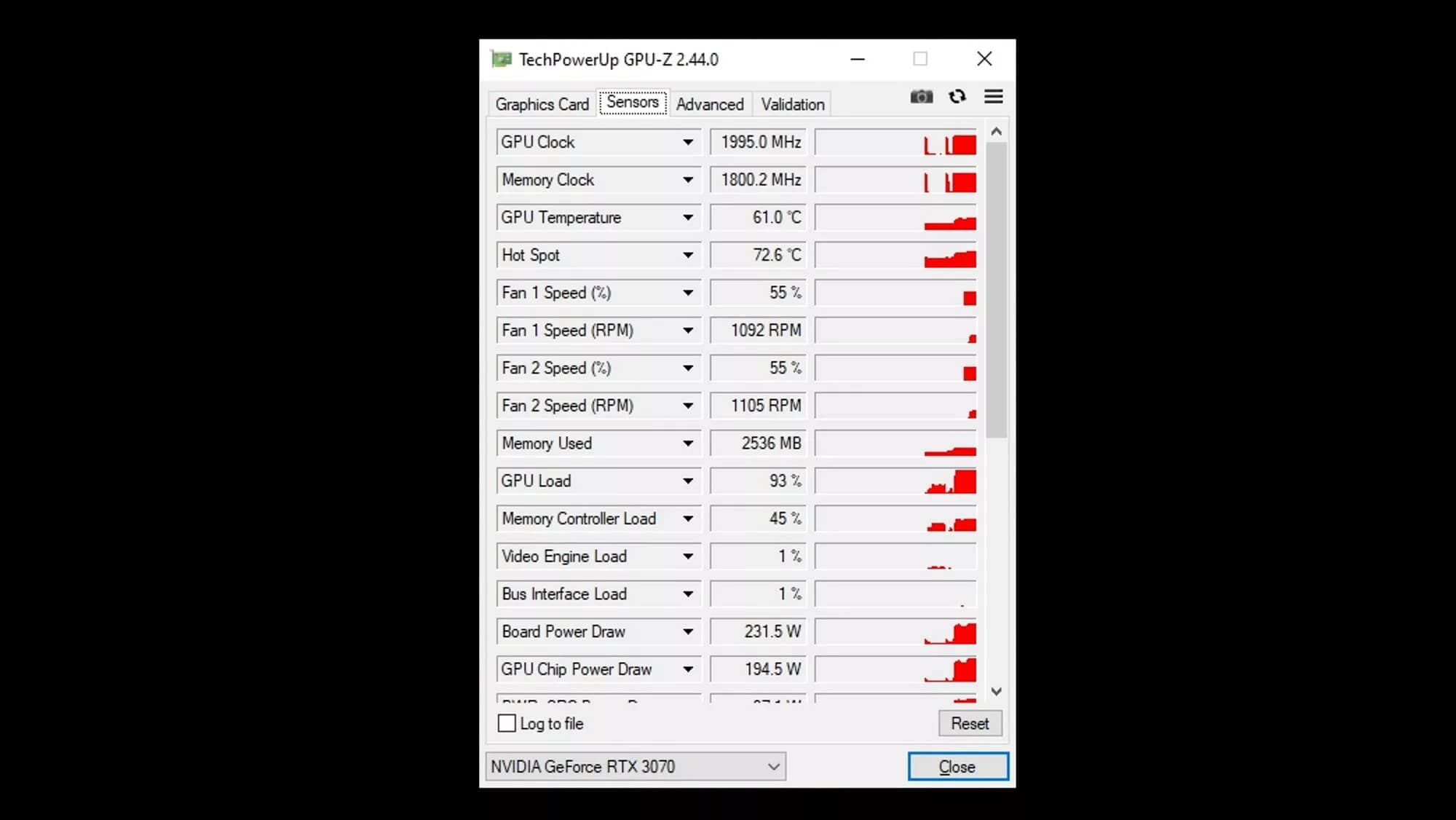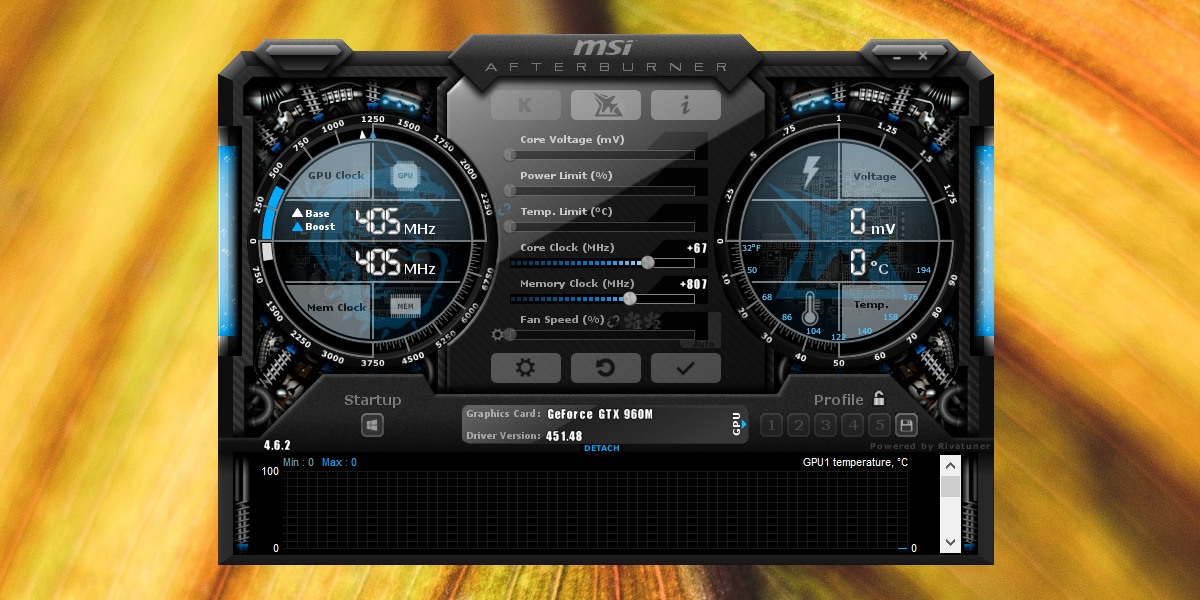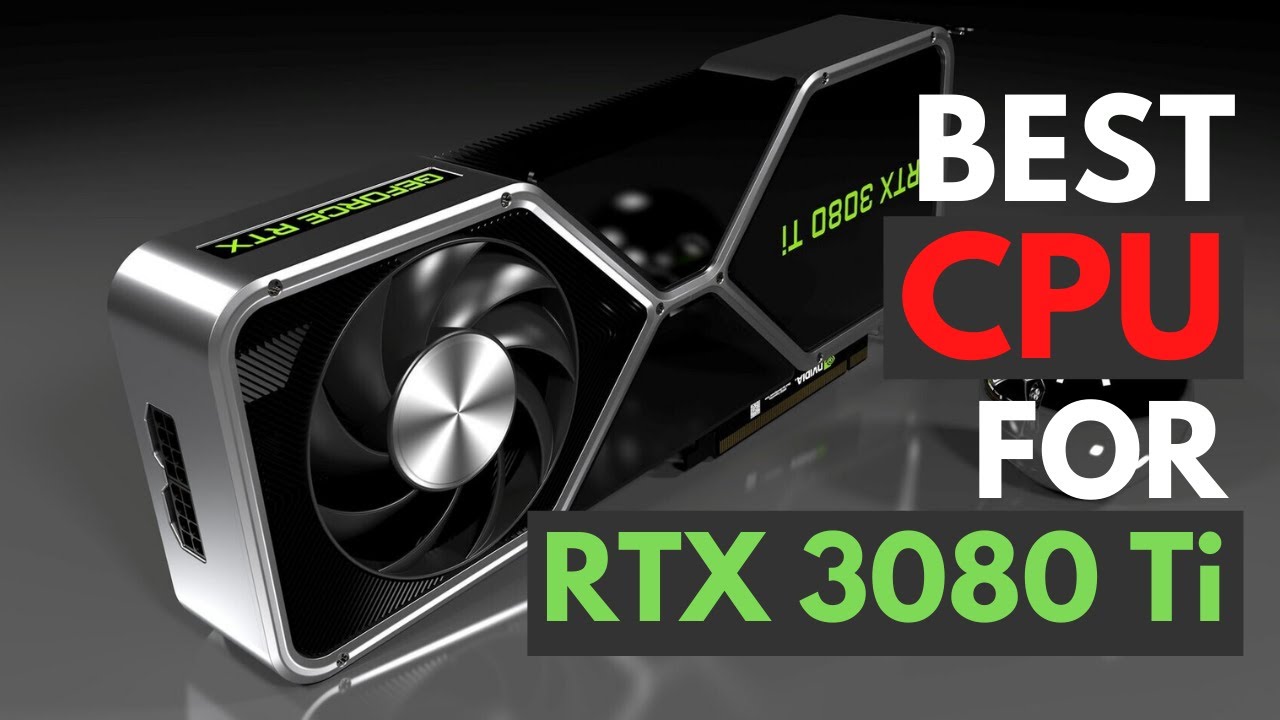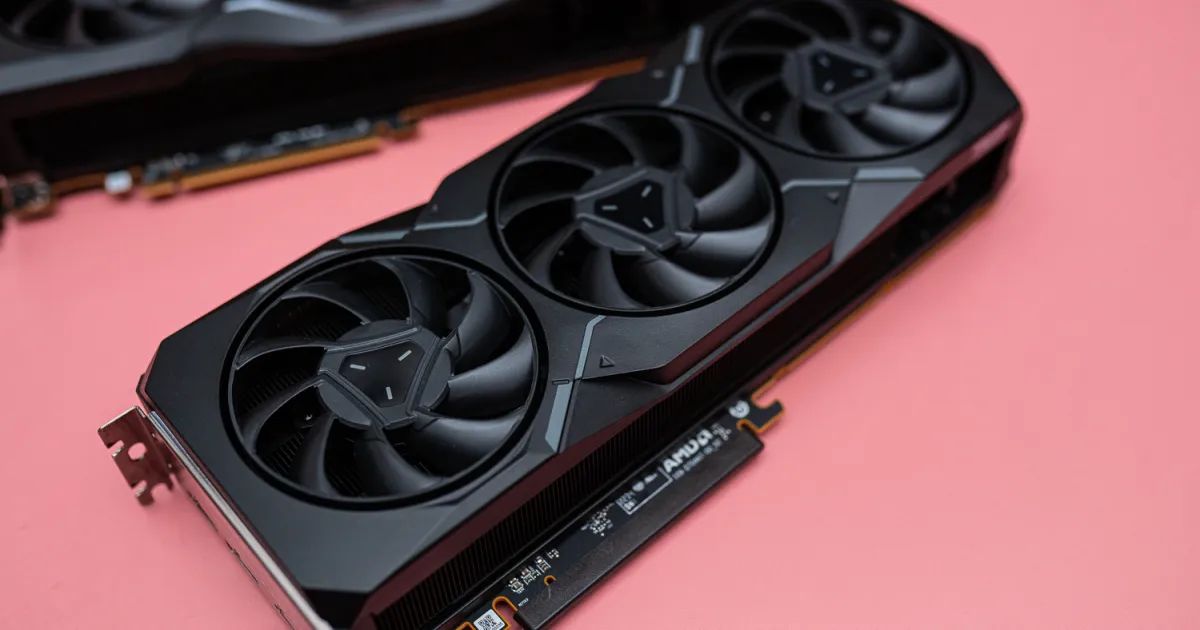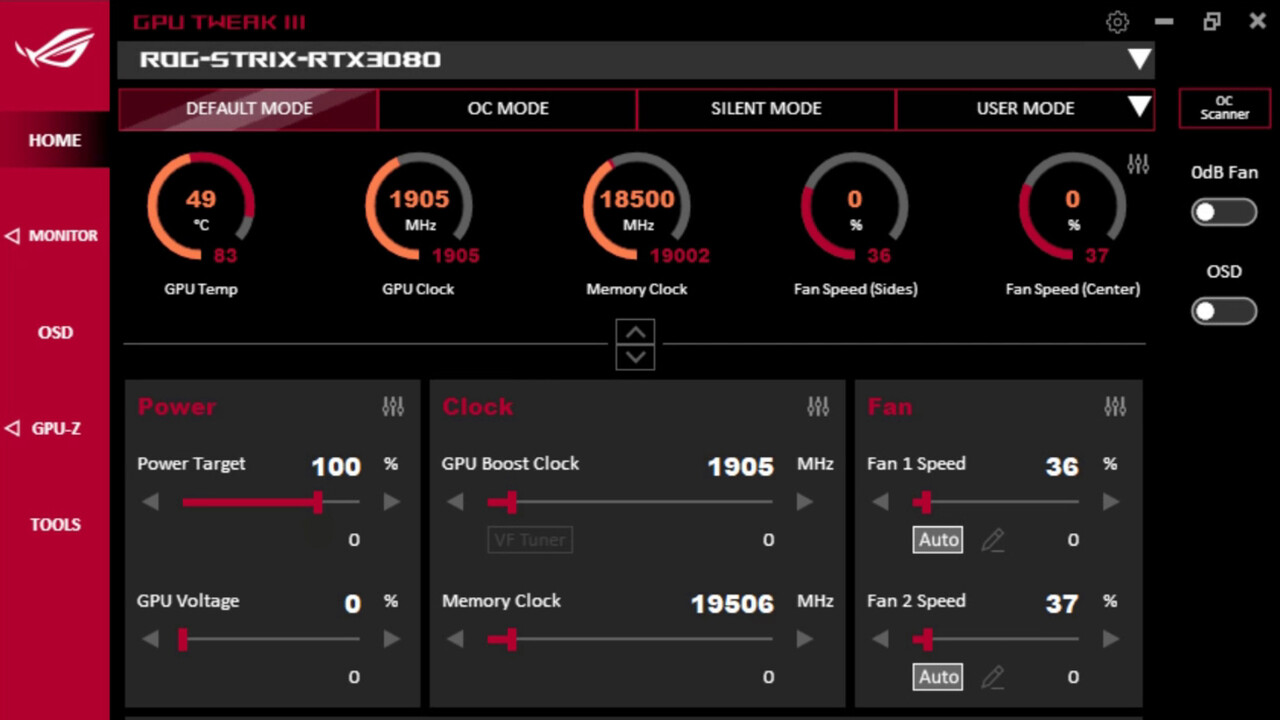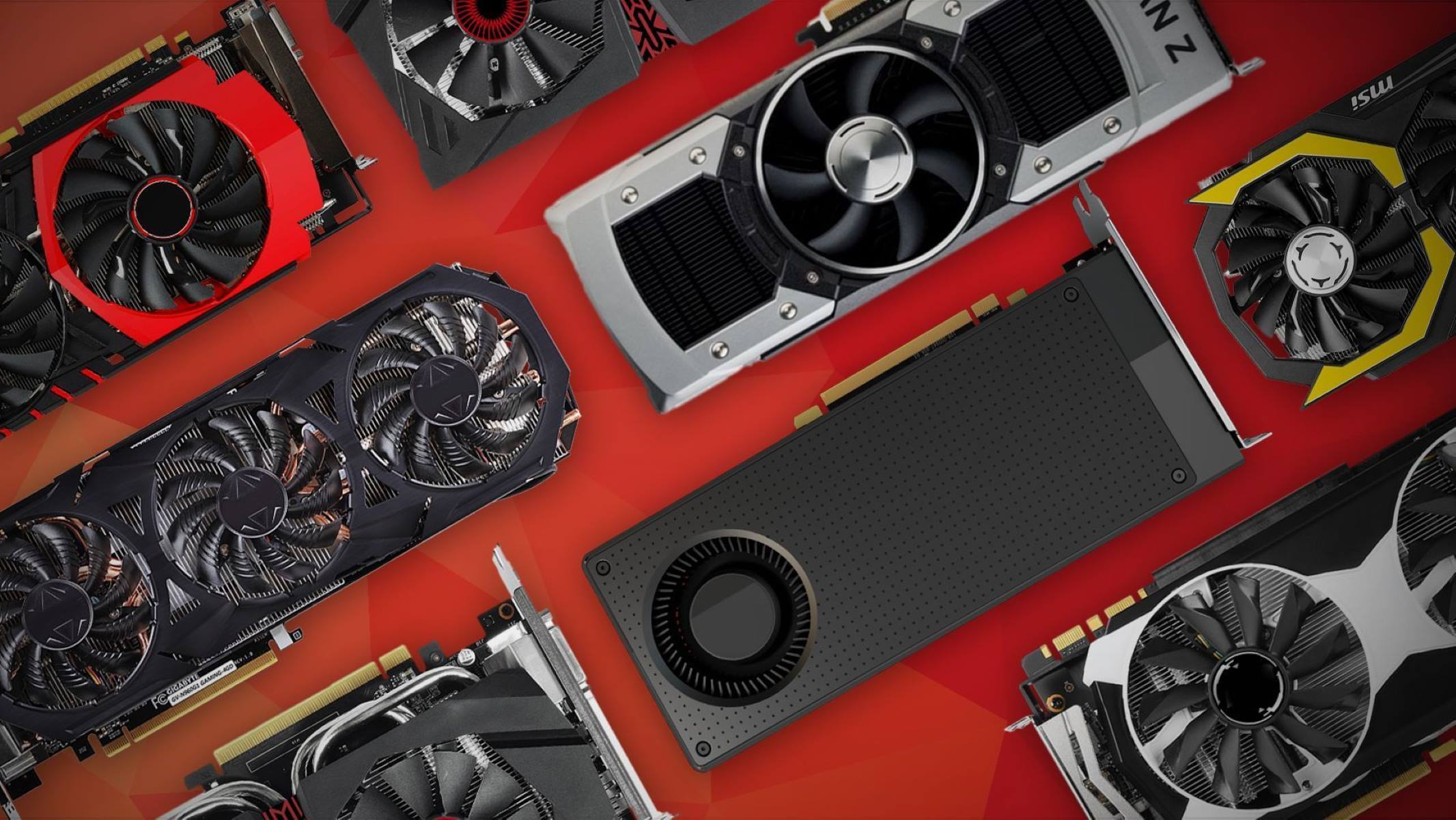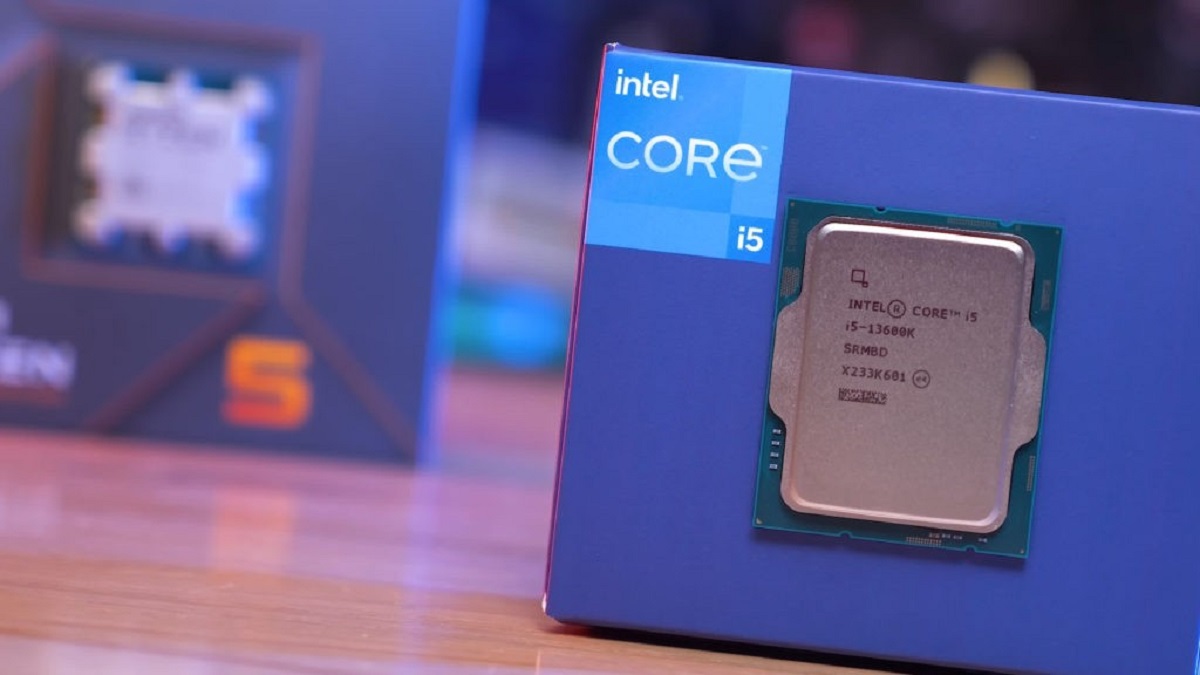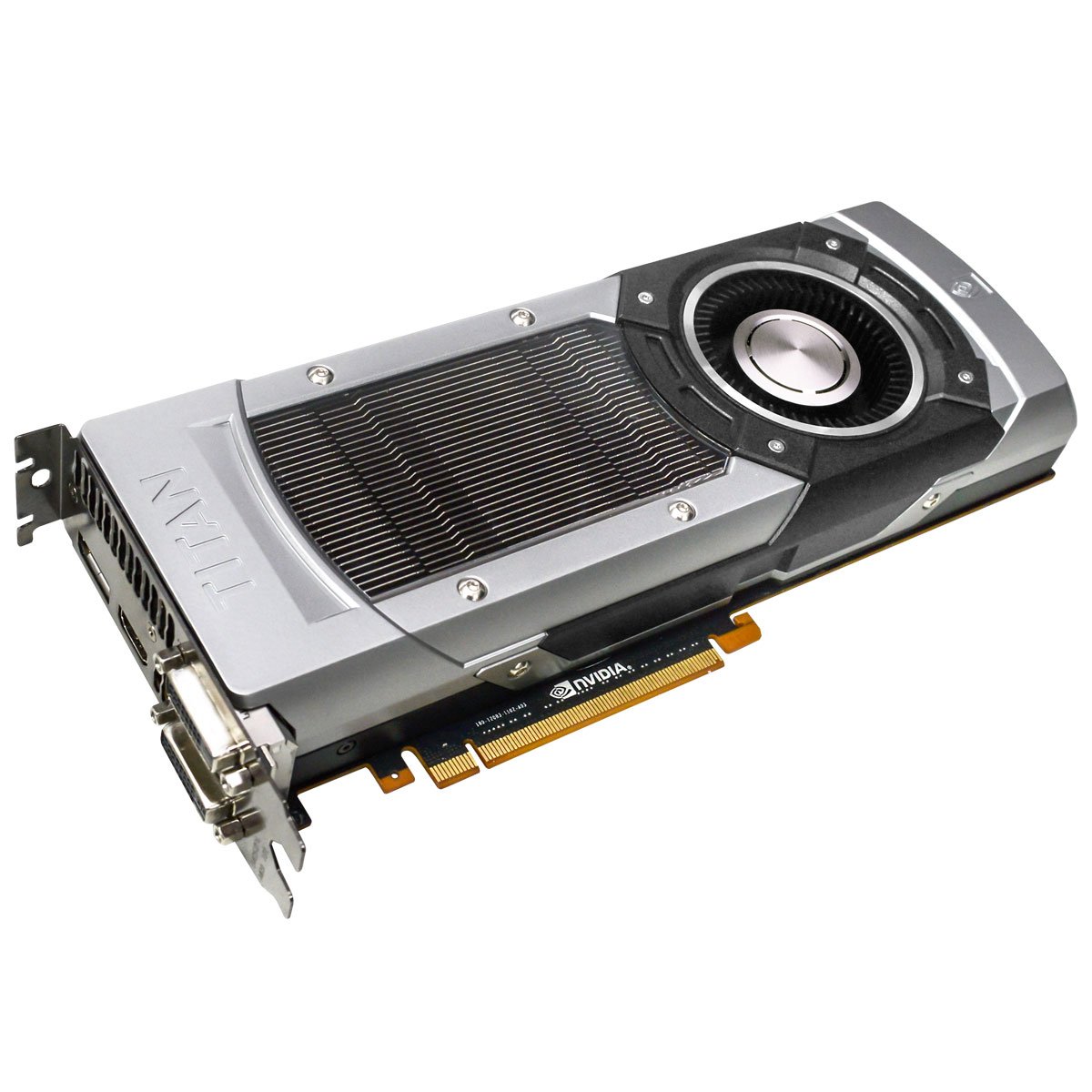Introduction
Welcome to the world of gaming and high-performance graphics cards! If you’re new to this exciting realm, you might have come across the term “core clock speed” and wondered what it is all about. In this article, we will explore the concept of core clock speed in graphics cards, its importance, and how it affects the overall performance of your gaming rig.
As technology continues to advance, graphics cards have become a crucial component for gamers, content creators, and even professionals in fields like architecture and engineering. The core clock speed of a graphics card plays a significant role in determining its overall performance and capabilities.
Understanding core clock speed is essential, especially if you’re looking to invest in a new graphics card or optimize the performance of your current setup. This article aims to demystify core clock speed, explain its significance, and help you make informed decisions when it comes to selecting or tweaking your graphics card for the best gaming or professional experience.
What Is Core Clock Speed?
Core clock speed, often referred to simply as “core speed”, is a measure of how fast the central processing unit (CPU) or graphics processing unit (GPU) of a graphics card operates. It represents the frequency at which the core of the GPU executes instructions and performs calculations, measured in megahertz (MHz) or gigahertz (GHz).
Think of the core clock speed as the heartbeat or the engine of your graphics card. It determines how many operations the GPU can perform in a given amount of time. Just like a higher heart rate signifies better cardiovascular health, a higher core clock speed indicates a faster and more capable graphics card.
The core clock speed is set by the manufacturer as the default operating frequency of the GPU. However, many modern graphics cards come with a technology called “GPU Boost” that dynamically adjusts the core clock speed based on factors such as temperature, power consumption, and workload. This allows the graphics card to automatically boost its performance when needed and conserve power when it’s not under heavy load.
It’s also important to note that the core clock speed should not be confused with the memory clock speed, which represents the speed at which the GPU’s memory operates. Both clock speeds contribute to the overall performance of the graphics card, but they serve different functions and are controlled independently.
Now that we have a general understanding of what core clock speed is, let’s explore why it’s such a crucial factor when it comes to the performance of your graphics card.
Why Is Core Clock Speed Important?
The core clock speed of a graphics card is a vital specification that directly impacts its performance capabilities. Here are a few key reasons why core clock speed is so important:
1. Processing Power: The core clock speed determines how fast the GPU can process instructions, perform calculations, and render graphics. A higher core clock speed means the GPU can handle more operations per second, resulting in smoother gameplay, faster rendering times, and improved overall performance.
2. Frame Rates and Refresh Rates: In gaming, achieving high frame rates is crucial for a smooth, immersive experience. The core clock speed directly affects the GPU’s ability to render frames quickly and maintain high frame rates. It also plays a role in determining the refresh rate of the display, which affects how smoothly the visuals are displayed. A higher core clock speed allows the GPU to handle more demanding games and achieve higher frame rates, resulting in a more enjoyable gaming experience.
3. Compatibility with High-Resolution Displays: If you’re using a high-resolution monitor, such as a 4K or ultrawide display, a graphics card with a higher core clock speed is essential to handle the increased pixel count. Higher core clock speeds enable the GPU to process the additional graphical information required for higher resolutions, resulting in crisp visuals and smoother performance.
4. Performance in Graphics-Intensive Applications: Graphics cards are not only used for gaming but also for graphics-intensive tasks such as video editing, 3D rendering, and CAD software. A higher core clock speed enables the GPU to handle these demanding applications more efficiently, reducing rendering times and improving productivity.
5. Future-Proofing: Investing in a graphics card with a higher core clock speed ensures that your system will be able to handle upcoming games and software updates. As new games and applications become more graphically demanding, a higher core clock speed provides a certain level of future-proofing, allowing your system to keep up with evolving requirements.
Understanding the importance of core clock speed is crucial when selecting a graphics card that suits your requirements, whether you’re a gamer, content creator, or professional user. It’s worth mentioning that core clock speed is not the only factor to consider when choosing a graphics card, as other specifications like memory, architecture, and software optimizations also play important roles.
Now that we have explored the importance of core clock speed, let’s delve into how it is measured and how it affects overall performance in the next sections.
How Is Core Clock Speed Measured?
The core clock speed of a graphics card is measured in megahertz (MHz) or gigahertz (GHz), representing the number of cycles the GPU can complete in one second. The higher the clock speed, the more operations the GPU can perform within a given time frame. But how is the core clock speed determined?
Manufacturers set the default core clock speed when designing the graphics card. They consider factors such as power consumption, heat dissipation, and the capabilities of the GPU architecture. The default clock speed is usually specified by the manufacturer and can vary between different models and brands.
It’s important to note that graphics cards often come with a “base clock” speed and a “boost clock” speed. The base clock represents the default clock speed of the GPU, while the boost clock indicates the maximum clock speed the GPU can achieve under optimal conditions. The boost clock speed is typically higher than the base clock, allowing the GPU to boost its performance when needed.
The actual clock speed at any given moment is also influenced by factors such as temperature and power consumption. Many modern graphics cards feature technologies such as GPU Boost, which dynamically adjusts the clock speed based on these factors. For example, if the GPU is running within safe temperature limits and power limits, GPU Boost can increase the clock speed to extract more performance. Conversely, if the temperature or power consumption exceeds certain thresholds, GPU Boost may reduce the clock speed to maintain stability and prevent overheating.
Overclocking is another method users can employ to increase the core clock speed of their graphics cards. Overclocking involves manually increasing the clock speed beyond the manufacturer’s specifications to achieve higher performance. Although it can provide noticeable performance gains, overclocking must be done carefully and within safe limits to avoid damaging the graphics card or causing instability.
Monitoring tools and software utility applications are available for users to keep track of the core clock speed of their graphics cards in real-time. These tools allow users to monitor the clock speed, temperature, and other crucial parameters to ensure stable performance and make informed decisions when it comes to overclocking and optimizing their graphics cards.
Now that we understand how the core clock speed is measured, let’s move on to exploring how it affects the overall performance of a graphics card.
How Does Core Clock Speed Affect Performance?
The core clock speed of a graphics card has a direct impact on its overall performance and capabilities. A higher core clock speed allows the GPU to perform more operations per second, resulting in improved performance in various aspects:
1. Faster Rendering and Processing: A higher core clock speed means the GPU can execute instructions and perform calculations at a faster rate. This leads to faster rendering of graphics, reduced loading times, and smoother performance in games and applications. Tasks such as image and video editing, 3D rendering, and simulations also benefit from a higher core clock speed, as they require substantial computational power.
2. Improved Frame Rates: Frame rate, measured in frames per second (FPS), directly affects the smoothness of gameplay. A higher core clock speed allows the GPU to generate more frames within a given time frame, resulting in higher frame rates. This leads to smoother gameplay, reduced stuttering, and a more immersive gaming experience.
3. Enhanced Visual Quality: Core clock speed plays a role in the graphics card’s ability to handle higher resolutions, advanced graphical effects, and detailed textures. With a higher core clock speed, the GPU can process more graphical data in real-time, resulting in sharper visuals, improved details, and better overall image quality.
4. Multi-Monitor and VR Performance: If you’re using multiple monitors or virtual reality (VR) headsets, a higher core clock speed becomes even more crucial. Supporting multiple displays or rendering VR content requires additional processing power, and a higher core clock speed ensures smoother performance and compatibility without compromising visual fidelity.
5. Overall System Responsiveness: A faster core clock speed not only improves gaming performance but also enhances the overall responsiveness of the system. Tasks such as launching applications, multitasking, and operating system functions benefit from a higher core clock speed, resulting in a snappier and more efficient computing experience.
While core clock speed is an important factor in determining graphics card performance, it’s worth noting that it’s not the sole indicator of overall performance. Other factors such as the number of cores, architecture, memory bandwidth, and software optimizations also contribute to the overall capabilities of a graphics card. Additionally, the performance gains from a higher core clock speed may vary depending on the specific game or application being used.
Now that we have explored how core clock speed affects performance, let’s discuss the concept of overclocking and its relation to core clock speed in the next section.
Overclocking and Core Clock Speed
Overclocking, as mentioned earlier, is the process of increasing the core clock speed of a graphics card beyond its default settings. It allows users to push the limits of their graphics cards and achieve higher performance levels. Overclocking the core clock speed can result in notable improvements in gaming performance and overall graphics processing capabilities.
When overclocking the core clock speed, it’s essential to consider the following factors:
1. Cooling: Overclocking increases the power consumption and heat output of a graphics card. Adequate cooling mechanisms, such as efficient fans or liquid cooling solutions, are crucial to keep the temperatures under control. Without proper cooling, the graphics card can overheat, leading to instability and potential damage.
2. Power Supply: Higher core clock speeds require more power. It’s important to ensure that your power supply unit (PSU) can deliver sufficient power to support the increased demands of the graphics card. Insufficient power supply can result in system instability or crashes.
3. Voltage and Stability: Overclocking involves increasing the voltage supplied to the graphics card to ensure stability at higher clock speeds. However, raising the voltage too much can lead to excessive heat generation and reduced lifespan of the graphics card. Finding the right balance between voltage and stability is key to achieving a safe and effective overclock.
4. Performance Gains: Overclocking the core clock speed can lead to noticeable performance gains, especially in games or applications that are heavily GPU-dependent. However, the actual performance improvement varies depending on the specific hardware, cooling solution, and the capability of the graphics card to handle higher clock speeds. It’s important to manage expectations and understand that the gains may not be significant in all scenarios.
It’s worth noting that overclocking your graphics card will void the warranty provided by the manufacturer in most cases. Therefore, it’s essential to approach overclocking with caution and conduct thorough research to ensure you understand the risks involved and the optimal settings for your specific graphics card model.
Various software utilities and tools are available to assist with overclocking, allowing users to adjust the core clock speed, voltage, and other settings in a controlled manner. These tools also provide real-time monitoring of key parameters such as temperature, voltage, and clock speeds to ensure stability and prevent damage to the graphics card.
While overclocking can provide performance boosts, it’s important to remember that not all graphics cards can handle the same levels of overclocking. The success of an overclocking attempt depends on several factors, including the quality of the silicon in the GPU, the efficiency of the cooling solution, and other hardware components in the system.
Now that we have covered overclocking and its relation to core clock speed, let’s discuss how to find the right core clock speed for your graphics card in the next section.
Finding the Right Core Clock Speed for Your Graphics Card
When it comes to finding the right core clock speed for your graphics card, it’s crucial to strike a balance between performance gains and stability. Here are some steps to help you determine the optimal core clock speed:
1. Research and Understand Your Graphics Card: Familiarize yourself with the specifications and capabilities of your graphics card. Read reviews, forums, and articles that discuss overclocking experiences with similar models. This information can give you an idea of what to expect and the potential limitations of your graphics card.
2. Use Overclocking Software: Utilize reliable and user-friendly overclocking software provided by the graphics card manufacturer or reputable third-party applications. These tools allow you to adjust the core clock speed, voltage, and other settings in a controlled manner. Take advantage of the software’s built-in stress tests to assess stability and performance under increased clock speeds.
3. Incremental Adjustments: Begin with small, incremental increases to the core clock speed. After each adjustment, test the stability and performance of your graphics card in demanding applications or games. Monitor temperature, voltage, and other parameters to ensure they are within safe limits. If the system becomes unstable or crashes, revert to the previous settings.
4. Stress Testing and Benchmarking: After each adjustment, stress test your graphics card using software designed to put the GPU under heavy load. This helps identify any stability issues that may arise at higher clock speeds. Additionally, benchmarking tools can measure the performance gains achieved with each adjustment, giving you a quantifiable comparison for evaluation.
5. Temperature and Power Monitoring: Pay attention to temperature and power consumption during stress tests and gaming sessions. Higher core clock speeds generate more heat and demand more power. Monitor these parameters to ensure they stay within safe limits. If temperatures rise to concerning levels or power consumption exceeds the PSU’s capacity, consider adjusting the clock speed or improving the cooling solution.
6. Create Profiles and Backup: Once you’ve found a stable and satisfactory core clock speed, create profiles within your overclocking software to easily switch between different clock speed settings. It’s also advisable to periodically back up your graphics card’s original BIOS to restore to default settings if necessary.
7. Personal Preference and Risk Management: Ultimately, the ideal core clock speed is a balance between performance gains, system stability, and personal preference. It’s essential to assess the risks involved in overclocking and make decisions based on your comfort level. Some users may prioritize maximizing performance, while others may prefer to maintain a lower clock speed for longer hardware lifespan or energy efficiency.
Remember, overclocking your graphics card carries potential risks, including increased power consumption, heat generation, and reduced lifespan of the hardware. Proceed with caution, thoroughly research your specific graphics card model, and always prioritize the stability and longevity of your system.
In the next section, we will conclude our exploration of core clock speed and its importance for graphics card performance.
Conclusion
Understanding core clock speed is vital for anyone looking to optimize their graphics card’s performance. It plays a significant role in determining the processing power, frame rates, visual quality, and overall responsiveness of your system. By having a higher core clock speed, you can enjoy smoother gameplay, faster rendering, and improved performance in graphics-intensive applications.
While the core clock speed is a critical specification, it should not be the sole factor considered when selecting a graphics card. Other specifications such as memory, architecture, and software optimizations also contribute to the overall performance and capabilities of a graphics card. It’s important to find the right balance between these factors based on your specific needs and budget.
Overclocking the core clock speed can provide further performance gains, but it must be approached with caution. Factors such as proper cooling, power supply, voltage adjustments, and stability testing should be considered to ensure a safe and effective overclocking experience. Remember that overclocking may void the warranty of your graphics card, so it’s essential to be aware of the risks involved.
Finding the optimal core clock speed for your graphics card involves research, incremental adjustments, stress testing, and careful monitoring of key parameters. It’s a process that requires patience, attention to detail, and consideration of personal preferences and risk management.
With the understanding of core clock speed and its impact on graphics card performance, you are now equipped to make informed decisions when it comes to selecting, optimizing, and overclocking your graphics card. Whether you’re a passionate gamer, a content creator, or a professional in need of high-performance graphics, core clock speed is a crucial aspect to consider for an enhanced and immersive computing experience.
Keep exploring, experimenting, and pushing the limits of your graphics card, always with a focus on stability and longevity. By harnessing the power of core clock speed, you can unlock the full potential of your graphics card and take your gaming or creative endeavors to new heights.







